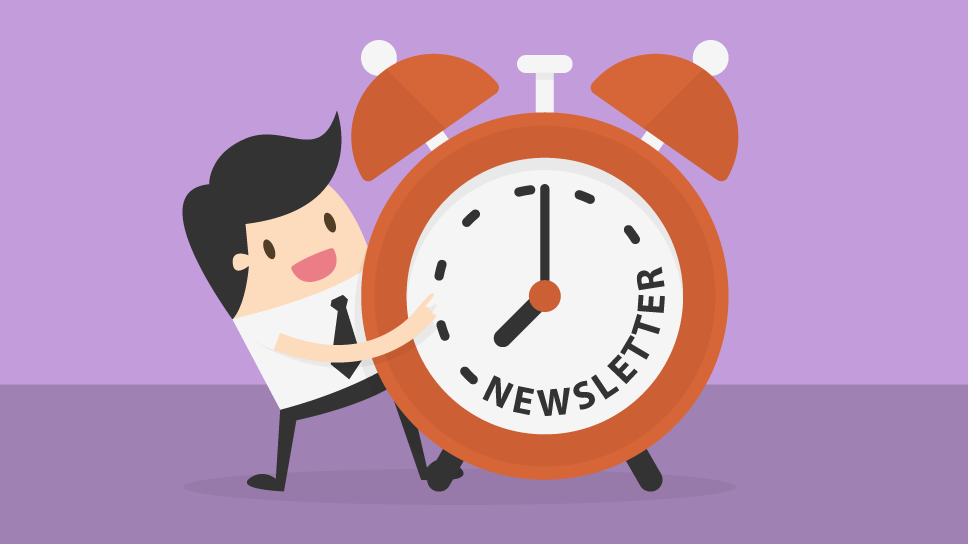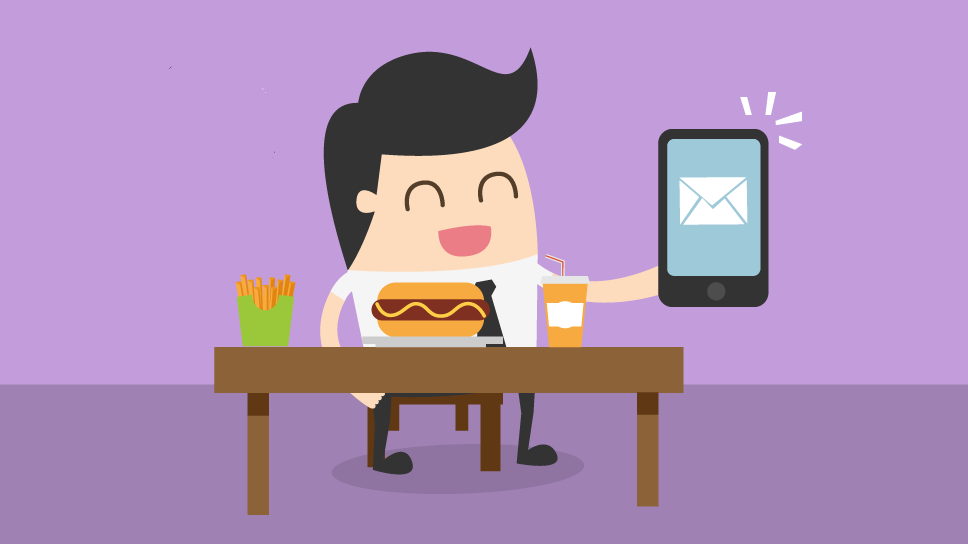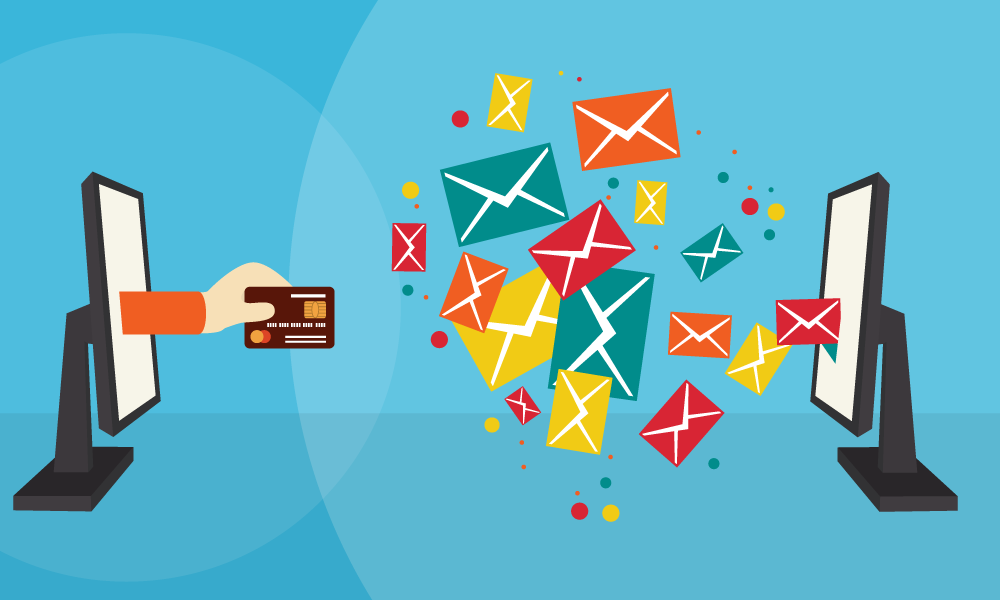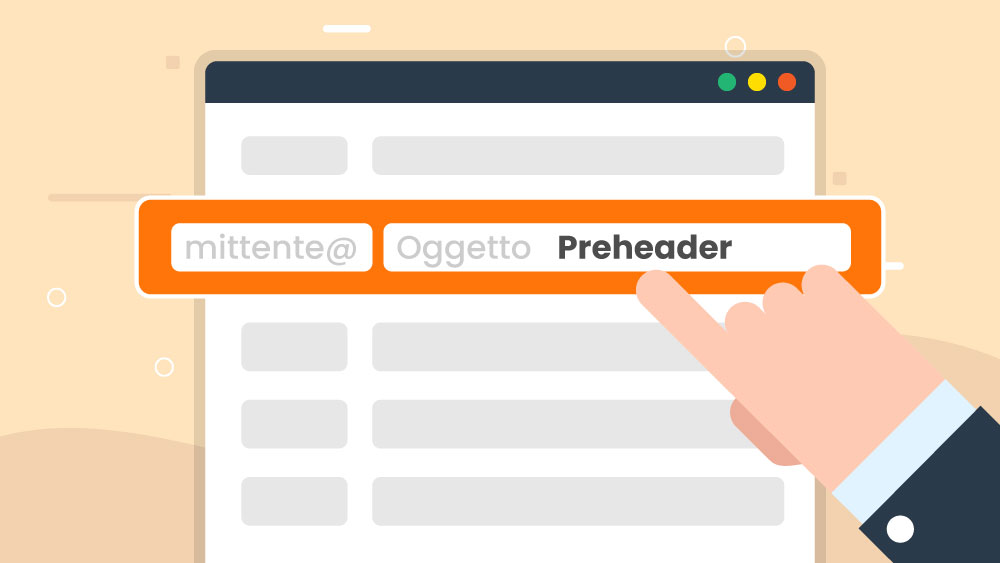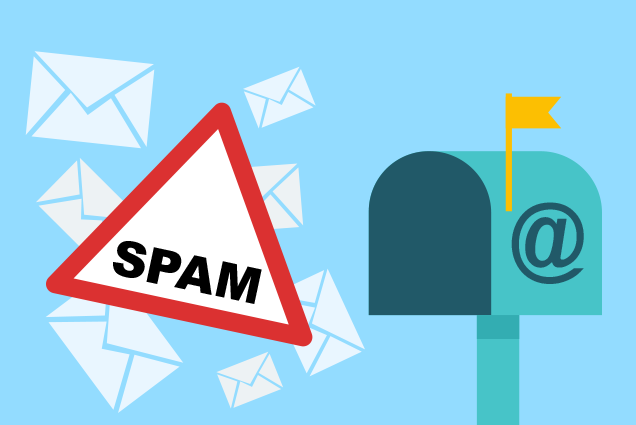When people subscribe to your newsletters they want your content. They don’t want to ignore or delete it. So if your newsletters aren’t being read, the problem might not be what you’re saying.
It’s when you’re saying it.
In this post we’ll help you understand the best time to send an email newsletter. There is no universal rule governing the best time to send emails, but daily routines and habits do affect everyone and will impact your open rates.
Know Your Recipient
Take a look at all the email newsletters you received over the last month. Note when you received them and when you opened them. You’ll probably find that you either opened and read them right away… or you ignored them.
Your behavior is not exceptional. We have found that newsletters are usually opened shortly after being received, or not at all. Distribution is a one-shot opportunity: either the email is opened and arouses interest, or it is lost.
That means you need to deliver your newsletter at a time when the recipient is able and willing to read it. That will depend on who they are and what you’re telling them.
In general, we’ve found that people are more inclined to read work-related emails in the morning, before they arrive at the office. On the other hand, newsletters about shopping or entertainment are likely to be read during breaks and chill-out moments.
The Best Day to Send an Email Newsletter
The experts agree. The best days to send the newsletter are Tuesdays, Wednesdays and especially Thursdays for purely promotional emails.
The competition will be strongest on those days, especially on Tuesday and Thursday, but your open rates will be highest.
Posting on Monday makes little sense as people prefer to focus on scheduling their week. They also like to wipe out undesired emails that came in over the weekend.
The same is true of Friday, when we try to place ongoing tasks on hold, or check them off completely.
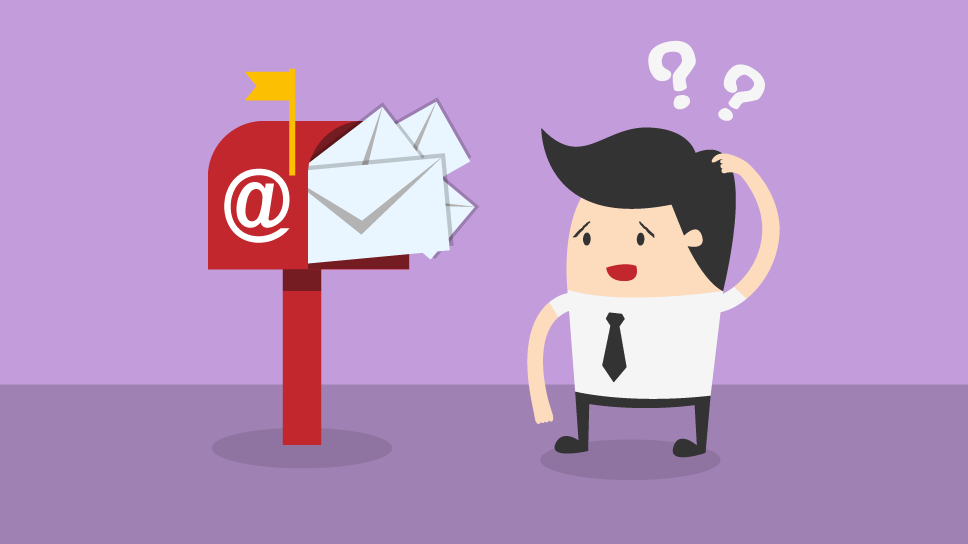
The Best Time to Send an Email Newsletter
If you’re sending to parents of small children, go early. Try to catch them around 6am, before the kids are up and when they first check their phone. If you are aiming at teenagers, go late. By 10pm they’ve done their homework, and they’re chatting with their friends. That’s the time to grab their attention and jump into their conversation.
As you can see, the context is important but let’s consider some general good habits:
If you send a newsletter between 8am and 8.30am, you will probably land the attention of people about to start work.
But this isn’t the only window to send a newsletter to workers. At lunch, we also allow ourselves a few more minutes of distraction even after returning to the desk.
So test sending your newsletter between 2pm and 3pm.
That doesn’t mean you shouldn’t send tests at other times too. The competition for that morning slot will be fierce so if your opening rate is already satisfactory, you don’t need to change.
Sending your newsletter between 10am and 11am can also work. Users have cleaned up the unwanted emails that accumulated overnight, their coffee break is close and they’re ready for a distraction.
The Worst Time to Send an Email Newsletter
So Monday and Friday are not good days to send newsletter.
Sunday is a bad idea too. People like to spend the day enjoying themselves, not reading their emails.
If you do want to hit a weekend, choose Saturday. The competition is lower and recipients haven’t yet started their Sunday shutdown. Test Saturday for commercial newsletters, but think twice if your content is work-related.
Above all, don’t send emails overnight or very early in the morning. Those hours communicate a lack of respect. You can be (almost) certain that if your notification wakes your recipient, your email won’t last long.
Every user and every type of newsletter is different, though. Context is everything so experiment to find the time slot that best suits your type of communication.
If this post was interesting to you, see also “Emailchef launches the detailed interactions feed”. Knowing your readers’ behavior is a priceless for increased conversions.


